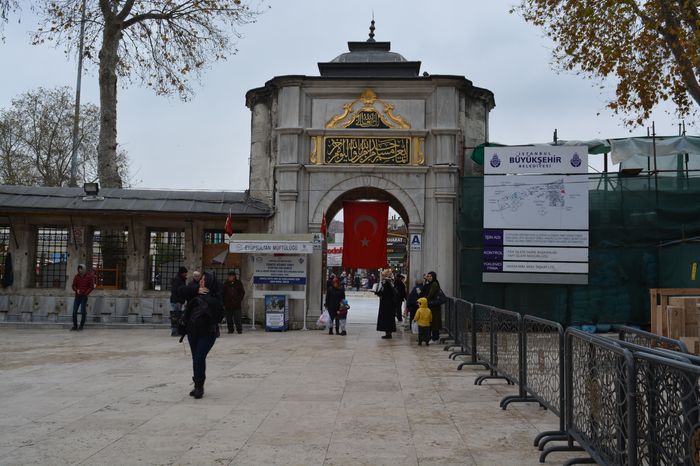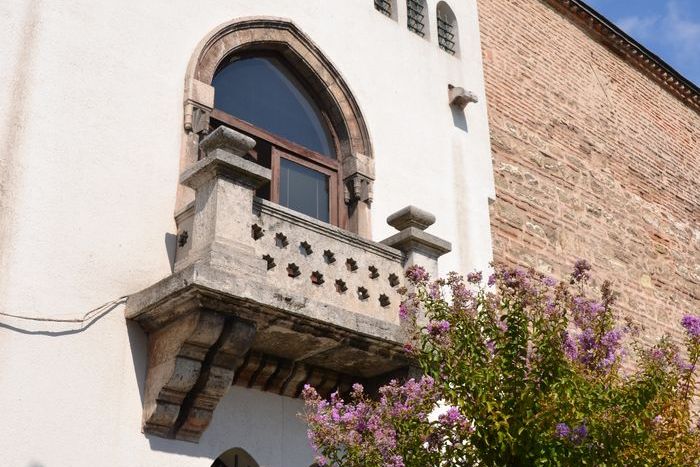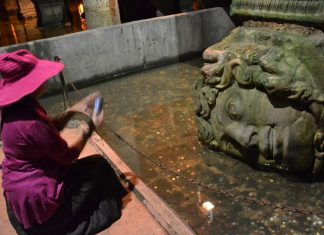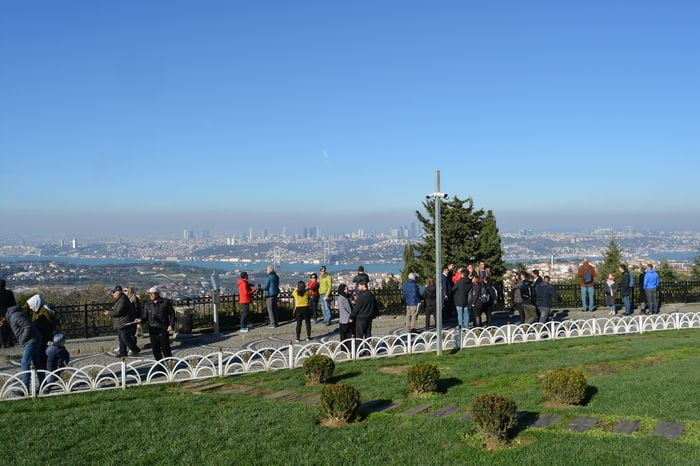Seen the next morning, the city itself was only a low white mass on the horizon. But as the advancing troops grew near its defenses, he was able to make out the huge curving breakwater called the Diabathra that helped to form the protected harbor and upon which stood the royal palace and a magnificent Temple of Isis.
Prior to the arrival of the army a Roman fleet had taken up its assigned position outside the harbor, blockading the entrance and exit of ships. But so fertile was the delta around the Nile’s mouth and so great the warehouses in which grain and other foods were stored for shipment to ports all over the world, that the population was not likely to suffer from hunger for a considerable period.
One of Diocletian’s first acts in the siege of Alexandria was to cut off the aqueduct that brought the waters of the Nile into every section of the great city. But since it was largely surrounded by water, Alexandria suffered but little from this deprivation.
Constantine had studied the classic Roman methods of siege during his years of training; now he was seeing them in operation for the first time. The initial step was the construction of an earthwork and stockade just beyond bowshot length, encircling the entire city except for the section fronting upon the water that was closed by ships engaged in the blockade. The normal second stage, after the erection of the earthwork, was mining, in which the attackers drove a tunnel beneath the walls of the place being attacked.
The progress of a mining operation, however, could be followed easily by the defenders, simply by placing a shield against the ground and listening with an ear pressed to its round side, the sounds from beneath the earth being tremendously magnified in this way. And once direction and progress of a tunnel had been determined, the defenders need only wait until it reached a point where they could dig a vertical shaft into it and scald the workers to death by pouring in boiling water.
Effective with Alexandria
Mining was not effective with Alexandria, since tunnels filled rapidly with ground water and even trenches soon turned into ditches, if dug to any effective depth. It was therefore necessary to use a large number of the great siege machines, which, though effective, also exposed those serving them to enemy attack. The result was a steady flow of casualties from the front line of attack to the rear where the injured were cared for by the surgeons, their wounds being washed with water and wine and bound with bandages of linen cloth.
Read More about About the Christians in Alexandria







